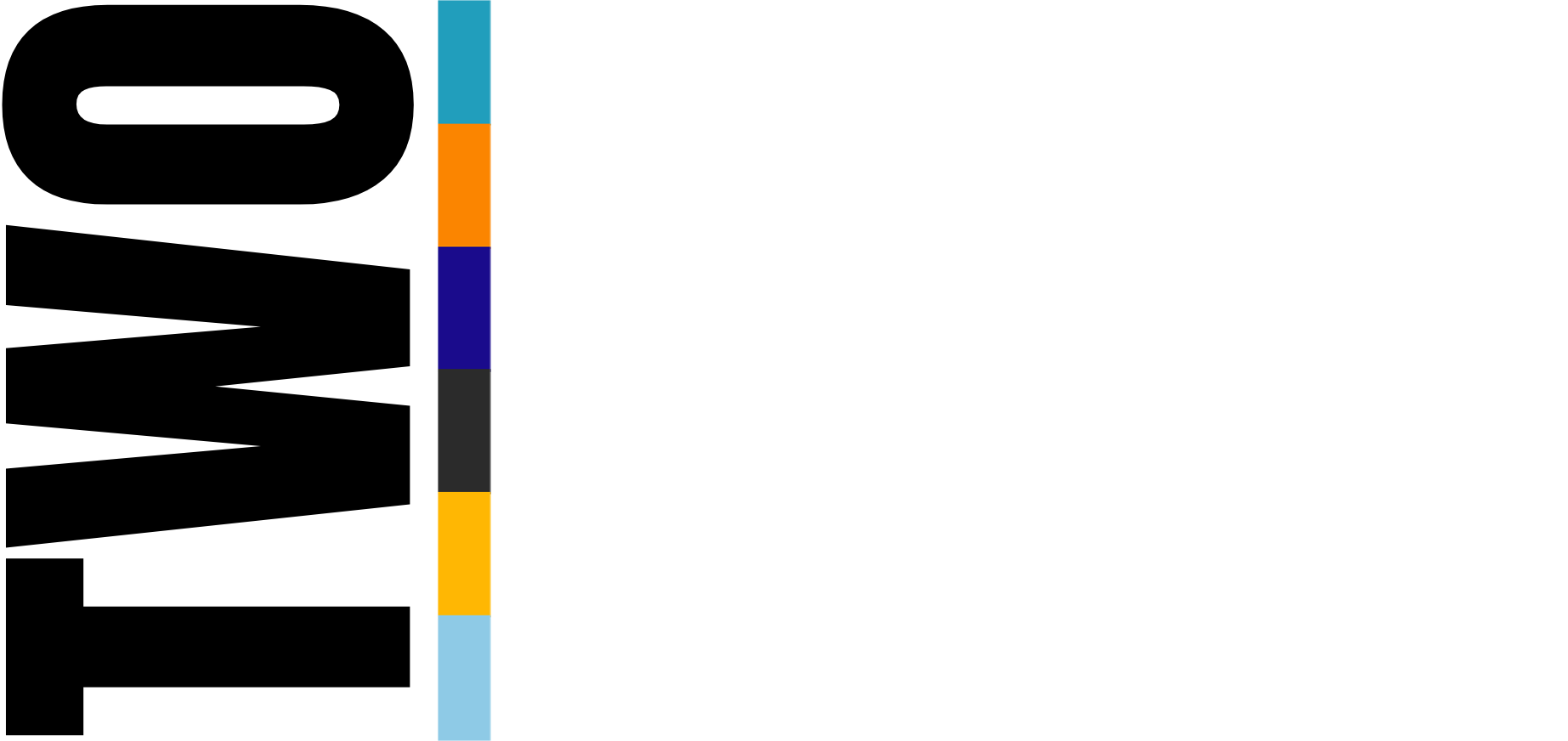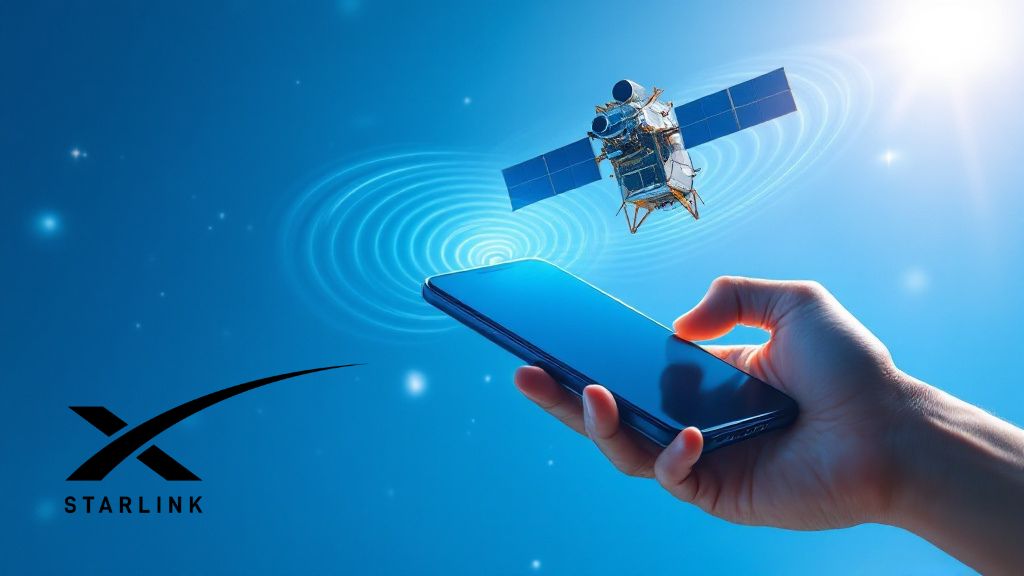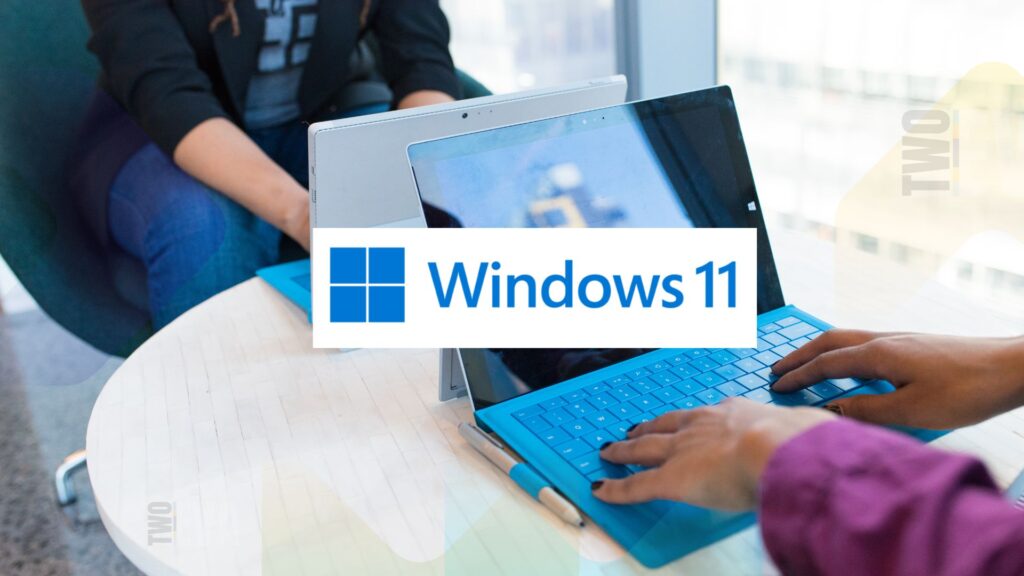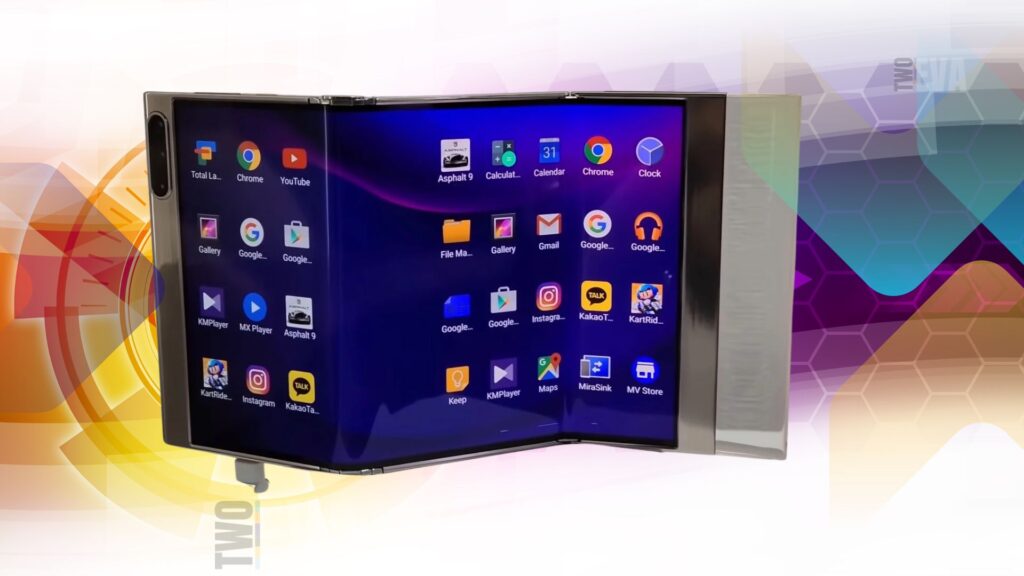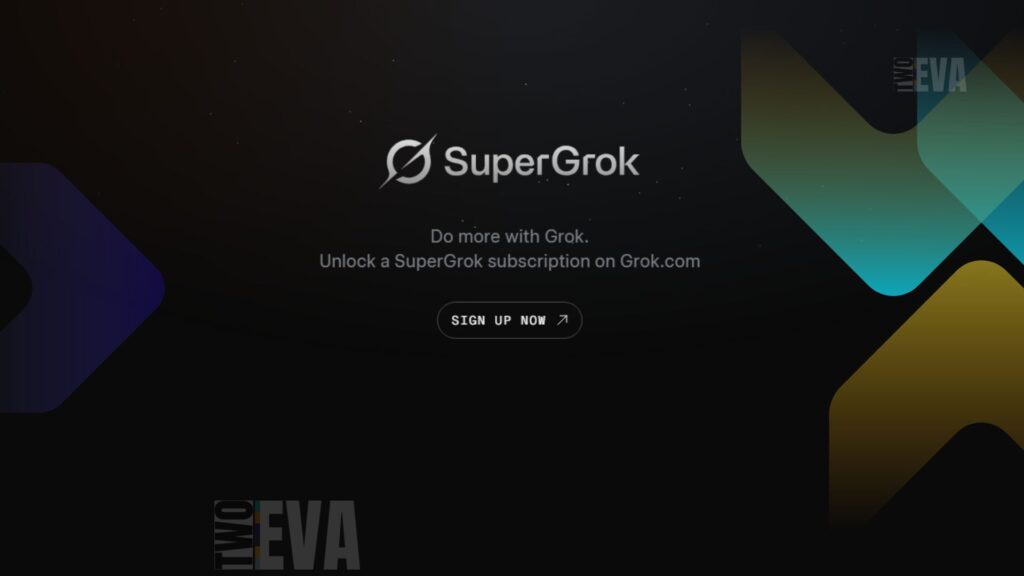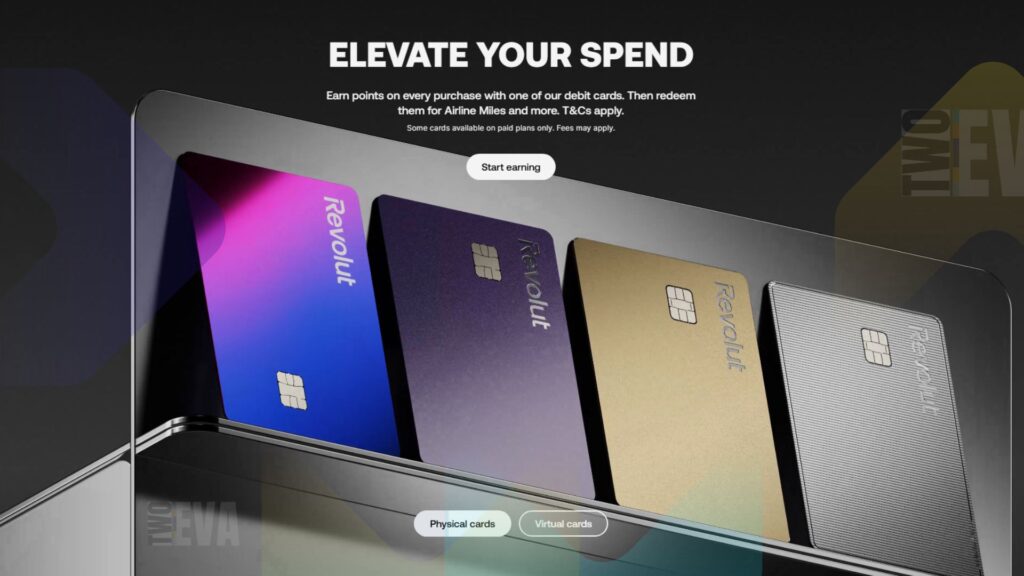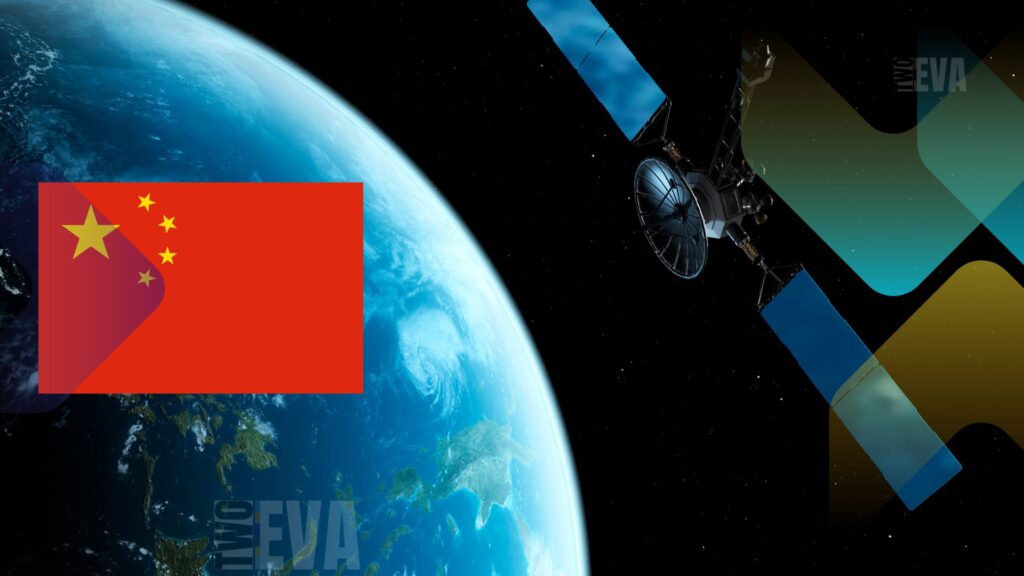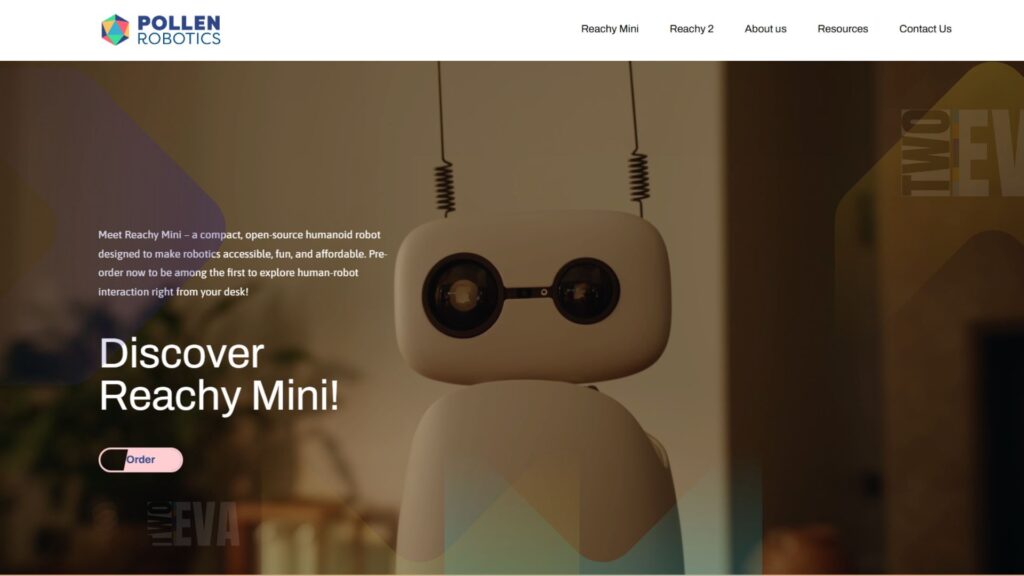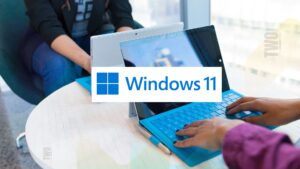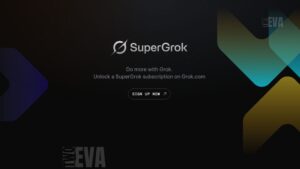SpaceX’s Starlink is offering free hardware kits to new residential customers in select markets, a move that could help close the internet gap in rural America—where affordability and accessibility have long been major challenges. The deal eliminates the $349 upfront cost of the Starlink dish, provided customers commit to a 12-month service plan.
But who qualifies, and will this be enough to transform connectivity for underserved communities?
How the Free Dish Program Works
The offer targets new users in certain regions across the US, Canada, Australia, and parts of Europe. Eligible customers receive the hardware for free, but they must sign up for at least one year of service. A 30-day trial allows for cancellation without penalty, but beyond that, failing to complete the term could result in the full $349 equipment fee being charged. In high-demand areas, a $100 activation fee may also apply. Monthly subscription costs vary, typically ranging from $80 to $120 or more, depending on location.
While the promotion removes the usual hardware barrier, affordability concerns remain—especially for low-income households in rural areas where jobs and budgets are tight.
Why This Matters for Rural America
Approximately 10% of US households lack access to high-speed internet, with rural residents disproportionately affected. Geographic barriers make traditional cable or fiber connections impractical in many cases, leaving satellite internet as the only viable option.
States like Maine, where an estimated 9,000 homes have no internet access at all, see Starlink as a potential lifeline. “In extremely low-density areas, low-Earth orbit service is the most cost-effective way to deliver basic connectivity,” said Brian Allenby of the Maine Connectivity Authority. Digital equity advocates agree that reducing upfront costs could spur adoption where financial hurdles have been the biggest deterrent.
However, the solution isn’t perfect. Critics point to the ongoing expense of monthly subscriptions, which many rural families may still struggle to afford without additional subsidies or government support.
Limits and Long-Term Viability
Starlink’s technology works best where terrestrial options don’t exist—remote areas with low population density. But if fiber or cable providers expand into these regions, Starlink’s appeal could wane. Satellite internet generally offers slower speeds compared to fiber, and service requires a clear line of sight to the sky, which can be disrupted by weather or obstructions.
Beyond infrastructure, digital literacy remains another hurdle in underserved communities. While free hardware helps, education and support programs may be needed to ensure users can fully leverage the service.
The Bigger Picture
Starlink’s strategy—subsidizing hardware to secure long-term subscriptions—is a common tactic in the telecom industry. The company is betting that removing the upfront cost will drive adoption in areas where word-of-mouth recommendations matter most.
For rural residents with no alternatives, the offer could be transformative, even if challenges persist. As one advocate noted, satellite internet alone won’t fix the digital divide, but it can serve as a crucial bridge while policymakers and providers work on long-term solutions.
Those interested in the deal can check eligibility through Starlink’s online portal.
